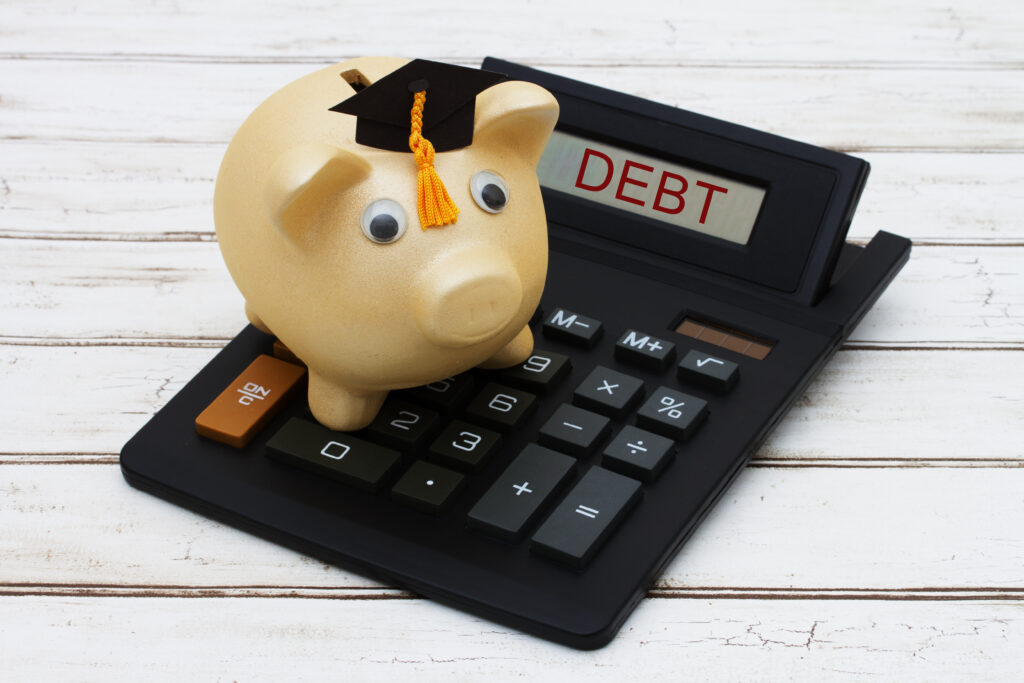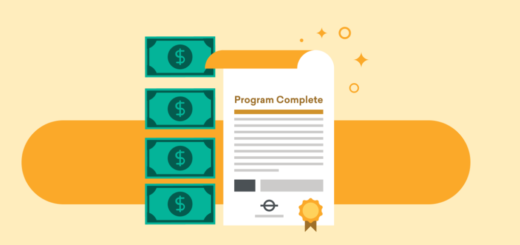Student loan forgiveness application officially launches
The U.S. Department of Education has launched its official application for student loan forgiveness, meaning tens of millions of Americans can now request the financial relief.

The launch follows a short beta test, during which time the Department of Education offered on and off access to the form while it tested the site. Borrowers could apply for forgiveness in those windows when the portal was open.
More than 8 million people applied for relief over the weekend, President Joe Biden said Monday during a speech at the White House.
“Today I’m announcing how millions of people, working-class folks, can apply to get this relief,” Biden said.
The president announced in August that most federal student loan borrowers will be eligible for some forgiveness: up to $10,000 if they didn’t receive a Pell Grant, which is a type of aid available to low-income undergraduate students, and up to $20,000 if they did.
More than 40 million Americans are in debt for their education, owing a cumulative $1.7 trillion, a balance that far exceeds outstanding credit card or auto debt. Skyrocketing higher education costs coupled with stagnant wages have caused the amount of student debt people graduate with to soar. Today the average balance is more than $30,000, up from $12,000 in 1980.
Before the pandemic, when the U.S. economy was enjoying one of its healthiest periods in history, problems plagued the federal student loan system. Only about half of borrowers were in repayment in 2019, according to an estimate by higher education expert Mark Kantrowitz.
A quarter — or more than 10 million people — were in delinquency or default, and the rest had applied for temporary relief for struggling borrowers, including deferments or forbearances. These grim figures led to comparisons to the 2008 mortgage crisis.
Here’s what borrowers need to know about applying.
What information does the application require?
In addition to your full name and date of birth, you’ll also have to provide your Social Security number.
You don’t need your Federal Student Aid ID, also called an FSA ID, to apply for forgiveness. Proof of income won’t be required unless the Education Department follows up with an additional request.
The department will verify a certain number of borrowers have told the truth about their eligibility as a fraud prevention measure, although more than 90% of federal student loan borrowers fall below the income caps for the relief: $125,000 for individuals and $250,000 for families.
How will the Education Department know if I received a Pell Grant?
The application for forgiveness doesn’t ask whether you received a Pell Grant. There’s no reason to worry, though. The Education Department has that information already.
What happens after I apply?
After a borrower applies for forgiveness, they’ll receive an email confirmation from the Education Department, Kantrowitz said.
The department will then review the application to confirm eligibility, he said. Some borrowers may receive a request from the department for additional information, including proof of income.
When your request for relief is approved, you’ll receive an email saying so from the department. You’ll then hear from your loan servicer when the forgiveness has been applied to your account.
Make sure your servicer, as well as the Education Department, has the most recent contact information for you. You can do so at StudentAid.gov.
Have more questions?
The Education Department has a toll-free hotline for borrowers who have questions about the application: 833-932-3439.




